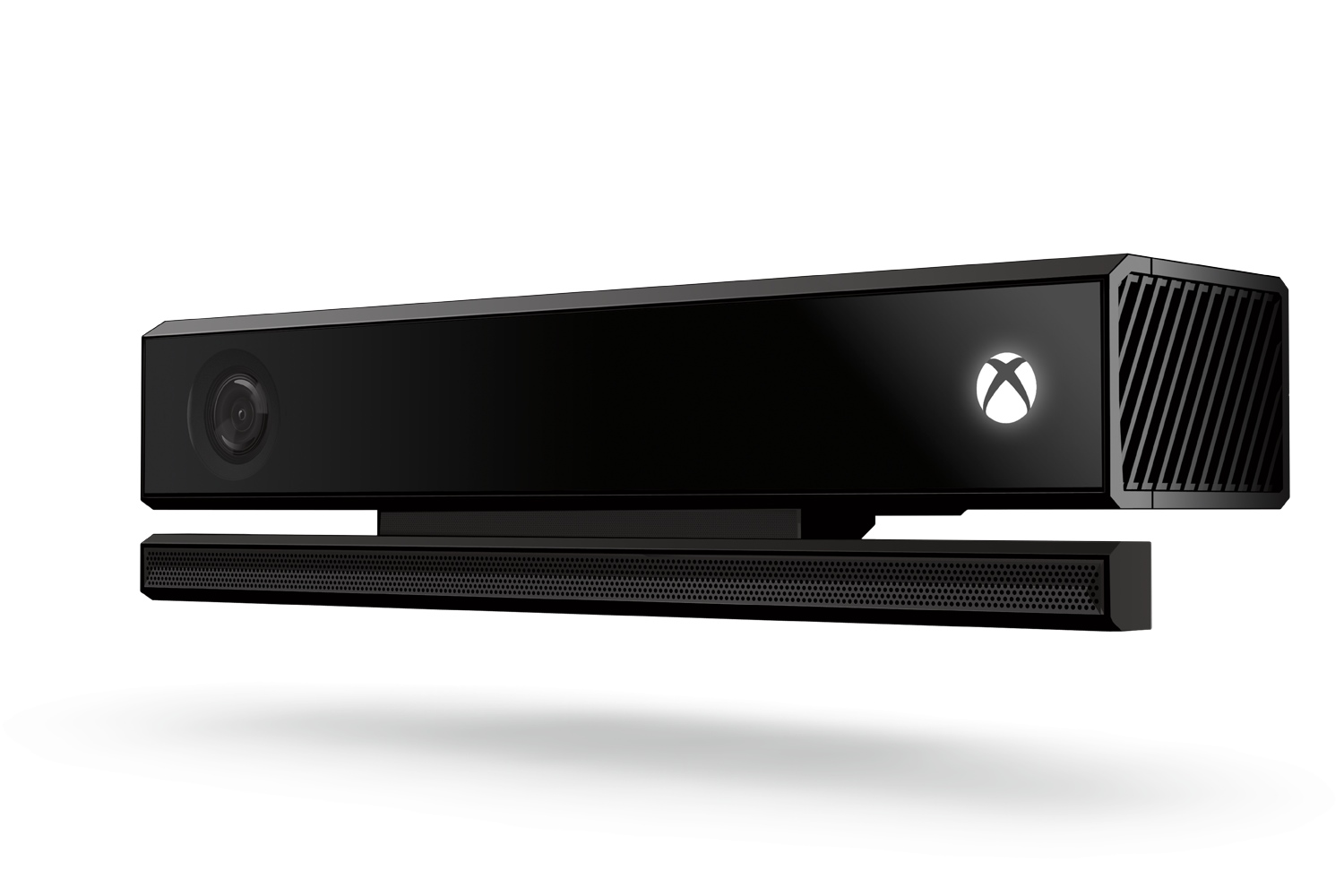
Getting irritated with the capriciousness of Kinect for Xbox One is an accretive process. Back in November when I reviewed the system, I was genuinely impressed with the strides Microsoft had made with its voice recognition technology, which I felt (and still feel) were much better realized and more accurate than the original — in my view, broken novelty add-on — that the company somehow managed to sell to millions of masochistic Xbox 360 owners anyway.
But several months into the Xbox One’s run, I’ve stumbled into the revamped Kinect technology’s uncanny valley — that place in its aural geography of elocution somewhere between the effortless economy of “Xbox, on” and the maddening superfluity of “Xbox, on. Xbox, on. Damn it, Xbox on. EKSSS. BOKSS. OHNNN.”
At least one former Microsofter agrees with me: In an Edge interview that canvasses several Microsoft execs about the prospects for Xbox One going forward (the magazine weirdly asks “Can Microsoft turn things around for Xbox One?”, as if turning around’s needed at this point), 22Cans founder Peter Molyneux takes a shot at Microsoft’s living room ear-eye:
I actually wish Kinect wasn’t a requirement. It feels like an unnecessary add-on to me. Maybe it’s because we’re in England, and it doesn’t really use the TV stuff, but it feels more and more like a joke. My son and I sit there saying random things at it, and it doesn’t work. They could cost-reduce it [by removing Kinect]. I’m sure they’re going to release an Xbox One without Kinect. It would be unthinkable that they wouldn’t.
Unthinkable? I guess we’ll see how recently promoted Xbox honcho Phil Spencer feels about the peripheral’s necessity (and maturity) as Xbox One rolls out to new markets this fall. The company’s challenge is in convincing consumers that a still-in-transition technology is strong enough to justify bundling and keeping the platform’s price $100 higher than Sony’s PS4. I think the first Kinect, much like Nintendo’s Wii, enjoyed a period of novelty sales — call it the consumer curiosity honeymoon phase — where it was new and unusual enough that the promise (as opposed to the much lesser reality) fired imaginations (and wallets), putting a slew of Wiis and Kinects in living rooms like so many fondu-makers and coffee table books.
But by the time you’re circling ’round to the next generation of these technologies, I think people are looking for companies to put paid to these concepts, not sell iterative “almost-there” devices. When you’re “almost-there,” you start expecting the interface to be as deterministic as your old one, and that’s simply not the case with Kinect for Xbox One. Interfacing in that uncanny valley now — interacting as if you ought to be able to depend on recognition perfection — makes the disconnect all the more evident, and your willingness to play ball fades, because who wouldn’t rather take the extra second to pick up a remote and go back to getting a precise response every time?
Amazon Fire TV gets this precisely right, by the way: control the navigational interface with a deterministic remote, then use your voice to input longer words or phrases. Even where it goofs, and it certainly does, it’s still probably faster to voice-ask twice for “Christopher Nolan” than it would be to type the name in manually with a remote or gamepad.
I’m with Molyneux: Unbundle Kinect now and get the Xbox One’s price down $100 or more. Sell the system (and I mean really sell it) to game enthusiasts — your strongest evangelists, and evangelism’s crucial in a system’s early days — because the Xbox One is a games console first and foremost (it looks awfully silly as a media box, up there next to the hockey pucks from Amazon, Apple and Roku). And double efforts to get studios to ensure performance parity between PS4 and Xbox One games so we can stop having this stupid debate about which system’s more powerful (answer: they both are, depending which developer you ask).
Full disclosure, I recently yanked Kinect from my Xbox One and dropped it back in its cardboard packaging. My press unit sits in my office, where I use it to play games and little else. My media center in the living room has an Apple TV, Roku 3 and now an Amazon Fire TV that’s as good at parsing morphemes and phonemes (when I’m searching for video content) as anything Kinect’s capable of. I’m also a fairly quiet guy. I’d rather push buttons than pretend I’m on the bridge of a starship — or pretend Kinect works well enough to be my go-to navigational interface.
MORE: The History of Video Game Consoles – Full
More Must-Reads from TIME
- Why Trump’s Message Worked on Latino Men
- What Trump’s Win Could Mean for Housing
- The 100 Must-Read Books of 2024
- Sleep Doctors Share the 1 Tip That’s Changed Their Lives
- Column: Let’s Bring Back Romance
- What It’s Like to Have Long COVID As a Kid
- FX’s Say Nothing Is the Must-Watch Political Thriller of 2024
- Merle Bombardieri Is Helping People Make the Baby Decision
Write to Matt Peckham at matt.peckham@time.com